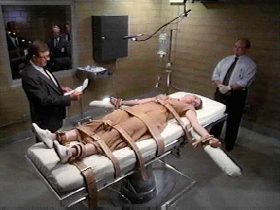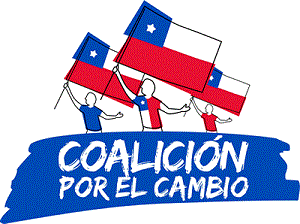 When we speak or write we handle a series of rhetorical figures or literary devices that allow us to communicate with a certain originality. The hyperbaton is one of these figures and it is specifically a position figure. It consists of altering the logical order of the words that make up a sentence.
When we speak or write we handle a series of rhetorical figures or literary devices that allow us to communicate with a certain originality. The hyperbaton is one of these figures and it is specifically a position figure. It consists of altering the logical order of the words that make up a sentence.
As for the word hyperbaton, it comes from the Greek hyperbatos and literally means "to go over the steps".
In this way, if I say "Manuela went to the field today for margaritas", changing the structure I form a hyperbaton and I say "Manuela went to the field for margaritas today". This type of resource began to be used at the end of the Middle Ages in texts of a courtly nature with the intention of ennoblement of the language and that the expression seems more poetic and original.
The disorder of the words is due to two reasons: to the influence of the Latin syntax, in which the verb occupies the last place of a sentence or to highlight the most important element at the beginning of the sentence.
The use of hyperbaton
Although it is a figure that has traditionally been used to alter the metrics of poetry, it is also used in everyday language. Thus, when we say "if I remember correctly", "thank God", "God forbid", "it is fine" or "I see it badly" we are using a hyperbaton.
With this type of training, the language acquires a certain elegance and beauty. In short, it is a rhetorical figure that is used for aesthetic and technical reasons, since with it the aesthetic dimension of language is enhanced and, at the same time, it is possible to adapt a verse to a specific rhyme.
Rhetorical figures of position
 In addition to the hyperbaton, other rhetorical figures of position are the anastrophe and the tmesis. The first consists of reversing the syntactic order of the words, as in the saying "To God begging, with the mallet giving" or the verse by the poet Góngora, "the season was in bloom." The tmesis or lexical overlap occurs when a word or several are inserted within a sentence. It is a very widespread resource in song lyrics. Thus, when saying "elegantly you speak mind", the word "elegantly" is being cut into two parts.
In addition to the hyperbaton, other rhetorical figures of position are the anastrophe and the tmesis. The first consists of reversing the syntactic order of the words, as in the saying "To God begging, with the mallet giving" or the verse by the poet Góngora, "the season was in bloom." The tmesis or lexical overlap occurs when a word or several are inserted within a sentence. It is a very widespread resource in song lyrics. Thus, when saying "elegantly you speak mind", the word "elegantly" is being cut into two parts.
Other types of rhetorical figures
There are figures of diction such as metastasis or calambur. Figures such as anaphora, apostrophe or onomatopoeia belong to the repetition group. The list of types of figures is very broad, as there are logical, dialectical, semantic, syntactic or tropes.
Photos: Fotolia - RH2010 / Lorelyn Medina









